Power BI is a Data Visualization and Business Intelligence tool that converts records from extraordinary facts assets to interactive dashboards and BI reviews.
1: Focus Mode
Let’s start with a simple one. Dashboards generally contain numerous charts or tables which can be designed to provide perception upon a given topic. Ideally, the aggregate of content that makes up a dashboard needs to suit a single display screen naturally. An ordinary impression of “is it true or horrific information?” ought to be had at a look.
In designing dashboards, mainly the ones which can be useful for more than one audiences, there’s frequently. Therefore, xiety between supplying useful visualizations such that each consumer has the records they need, vs making the display screen so cluttered or challenging to navigate via that no consumer enjoys the revel in looking to decipher 1-inch square charts in any way.
For cases where a particular chart on a dashboard is of a hobby to a person, Power BI course has a “focus” mode that lets observer toom in and engages with that available chart on a dashboard or file on a near-full screen foundation, without requiring any extra improvement work on the part of the analyst.
It’s a simple sufficient idea – the consumer clicks a button on whichever visualization they’re curious about, and it zooms in to top off the maximum of the display screen till they click out of it. It continues its original interactivity, plus displays a few extra meta-data that might be useful (closing refresh time, and so on.). But the main factor is it becomes big enough to potentially assist generate deeper insights for a mainly interested stop person so that a little 1-inch square chart shoved at the lowest of a dashboard may warfare to do. However, the 1-inch version is more appropriate for the average dashboard viewer.
2: Data Pushed Indicators
Regular readers might have mounted that I’m an enormous fan of alerting, on the subject of seeking to sell information-pushed choice making. I’m pretty satisfied that many dashboards include a form of “engagement decay”, in which the stakeholder is first of all obsessively excited with their potential to get right of entry to facts. But as time goes on, they get pretty bored of checking to peer if the whole lot’s OK – especially if the entire thing typically is OK – and therefore stop taking the time to seek advice from a potentially valuable source of choice making.
So, for these kinds of busy pros, and everyone else wanting to optimize productivity, I like indicators. Just have the dashboard send some form of notification every time there’s genuinely something “exciting” to peer.
The implementation is pretty straightforward and quite restrictive in the interim. Alerts can only be set up on “numeric tiles offering playing cards, KPIs, and gauges”, the alert triggers are fundamental above X or below X type affairs, and you’re constrained to bereted as soon as an hour or as soon as an afternoon. So there’s a variety of ability room for development – I’d want to see statistical triggers as an instance – “alert me if something unusual occurs”.
The actual news for Tableau customers is that Tableau has promised a comparable characteristic. May be coming to their software program in the destiny (and to a degree an analyst can create equivalent capability event. Now with the “don’t ship electronic mail if the view is empty” alternative lately delivered). But in case you need a pleasing simple “ship me an email every time my sales drop beneath £10,000” function that non-analytical oldsters can effortlessly use, then Power BI can do that proper now.
3: Custom Visualizations
All mainstream DataViz merchandise should be able to squeeze out the tried-and-examined simple forms of visuals; line chart, bar chart, scatterplot et al. And >= 90% of the time that is often acceptable, in fact usually the high-quality method for clarity. But now and again, for better or worse, that’s no longer sufficient for positive use-cases. You can see this tension surfacing within the Tableau network. In which, no matter the big range of validated chart types it can manage, there is even an extensive range of blogs, references documents et al. As to what shape one has to coerce your facts to simulate different esoteric visualization sorts inside a software program that has not been natively designed to produce them.
A couple of not unusual examples nowadays might consist of Sankey charts or hexagonal binning. Yes, you could assemble these forms of viz in Tableau and different competing merchandise – however, it calls for a piece of work around prework. It interrupts the naturalistic approach of exploring statistics that those tools are seeking to provide. For instance, a median person wishing to construct a Sankey chart in Tableau may additionally want to seek out and carefully study one or lots of a large number of useful posts, such as the ones right here, re and several different places in the course of the wilds of the internet.
It’s very cool that those sources exist – however, imagine if alternatively of having to depend on researching and recreating smart humans creative eve rounds, an expert may want to offer a one-click on a solution to your hassle only. Or you may proportion your genius more immediately together with your peers.
Power BI provides an API in which an advanced consumer can create their visualization sorts. These then combine inside Power BI’s toolbox, even though Microsoft had provided them within the base package deal. Hence facts viziers of all ability levels can use that kind of vision without the want for any programming or mathematical workarounds. It ought to be noted that the method for growing these do require mastering a superset of JavaScript referred to as Typescript, which would genuinely now not be expected of maximum Power BI audiences.
But this barrier is alleviated via the lifestyles of a public gallery of those visualizations that Microsoft keeps, which permits beneficent builders to proportion their creations global-extensive.
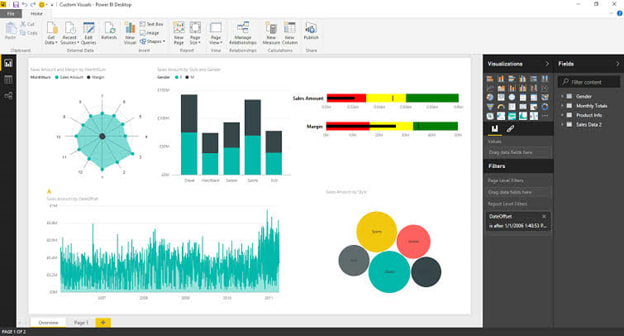
4: Pin Whatever to Dashboard for Non-Analyst End Users
To apprehend this one, you want to recognize something approximately the Power BI item kinds. Simply that a “file” is made from a “dataset”, and a “dashboard” is usually, however no longer exclusively, made from additives of reports*. A DataViz professional can put up any aggregate of those (or even post a diverse set of them as a content material per cent, which any involved users can download to use with a few clicks – every other potentially nifty idea!).
Reports are what they sound like; the electronic equal of a notebook with between 0 and lots of records visualizations on every web page regarding a selected subject matter. Note though an essential hassle of being restrained to a single data source per document. In Power BI online training, you create reports with the simple drag and drop of charting additives and configurations, after deciding on an appropriate data source. Charts stick round, in interactive form, anyplace you drag them to, nearly as though you had been making a PowerPoint slide. No “boxes” needed, Tableau-enthusiasts.
However, Dashboards have a more fixed format; always performing as though they have been fixed of tiles, each with particular objects. There’s no restriction on information resources, but a few regulations on functionality; which include no-move filtering between square tiles.
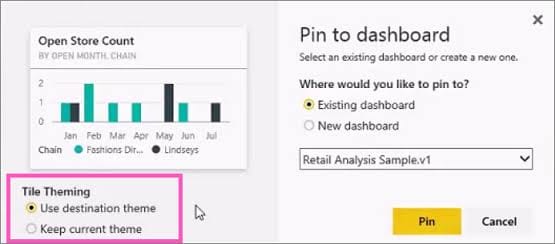
5: More Effective Facts Manipulation Equipment
This one is more for superior customers. Power BI helps you to manage the facts (you would possibly even say enterprise-user “ETL”) before you start using it for your visualizations. Most dashboarding tools in all likelihood allow you to do this to a point. Tableau these days progressed its potential to union data, for instance, collectively with some cleansing features, and it’s had joining and to blend for a while. You can also write VizQL formulae to provide calculations at the time of connecting to records.
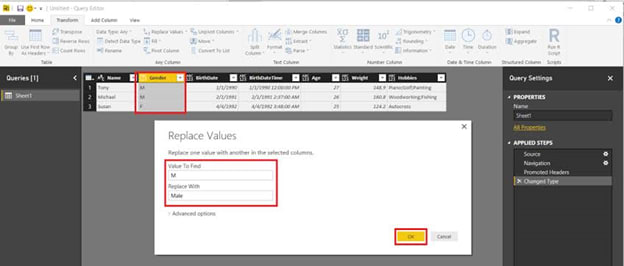
Suppose Power BI already has the facts tables you want. In that case, however, they’re simply formatted sub-optimally or over-granular. You can use DAX to create calculated tables whereby you use the contents of other imported tables to build your in-reminiscence virtual table. This may assist you to, as an example, reduce your use of intermediate database temporary tables for a few operations, perhaps doing a little 1-time aggregation earlier than analyzing as an instance.


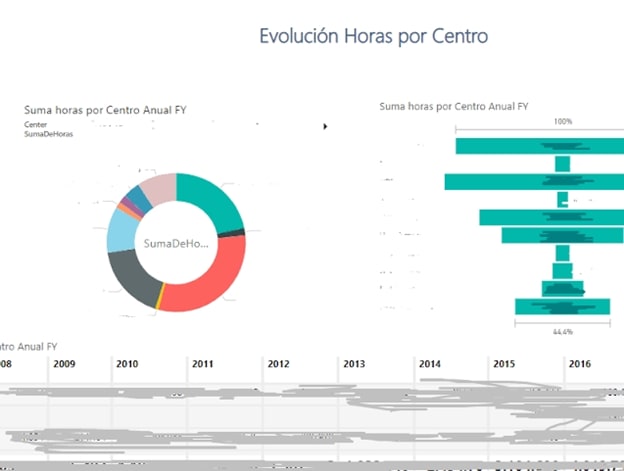
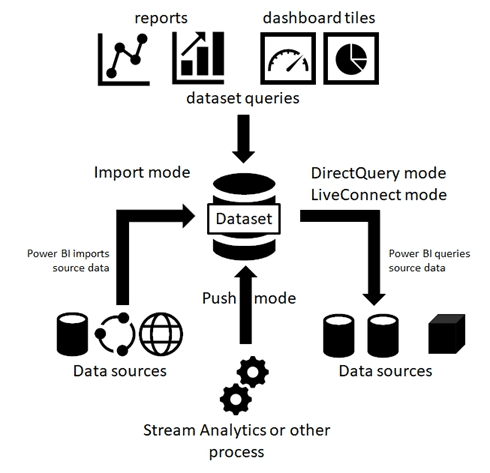

Top comments (0)